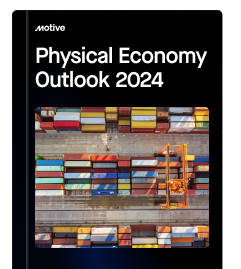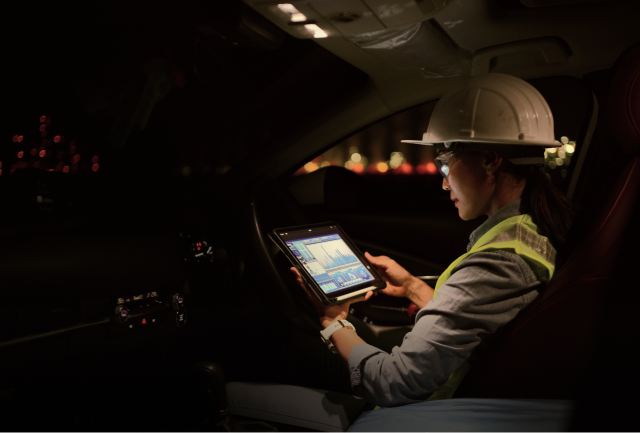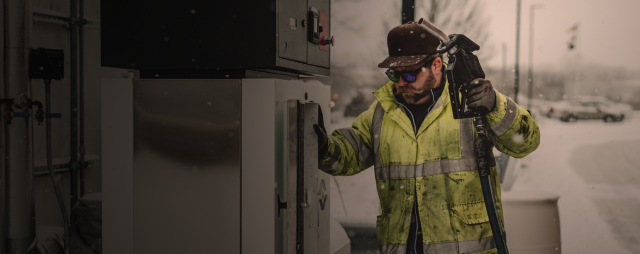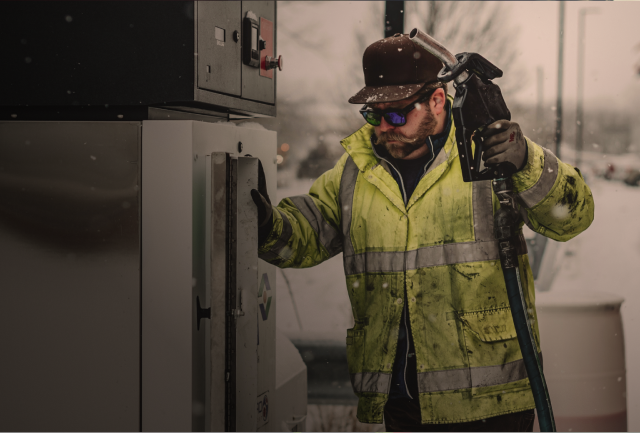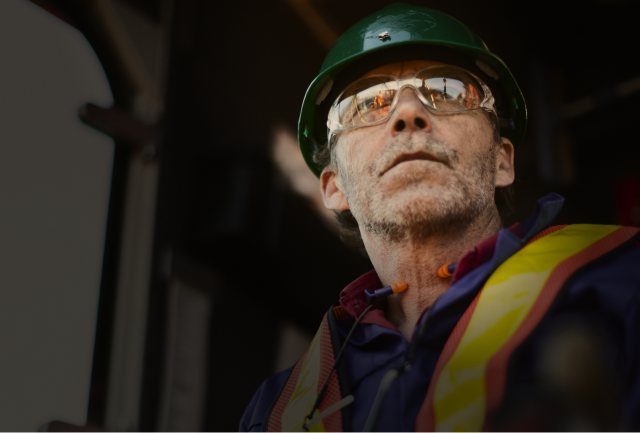MOTIVE’S PHYSICAL ECONOMY OUTLOOK 2024
Confronting challenges and charting opportunities in the physical economy
Managing physical operations is increasingly challenging due to rising costs, labor shortages, safety concerns, outdated tech, and sustainability demands. Motive surveyed leaders across trucking and logistics, construction, oil and gas, and more to gain deeper insights into the challenges faced by leaders in physical operations over the past year, as well as the opportunities that lie ahead.
Explore the findings
Executive summary
Managing physical operations is hard. Costs are rising, skilled labor is scarce, roads are more dangerous, outdated technology hampers productivity, and sustainability demands loom on the horizon.
A small team juggles countless tasks, posing a constant challenge to protect their workers, vehicles, and assets. In short, the people managing physical operations are overwhelmed. With a constant stream of issues arising and hours of manual work to do, they yearn for a lifeline to pave a path to safety, productivity, and profitability. That lifeline? Cutting-edge technology and advancements in artificial intelligence.
Motive’s first-ever Physical Economy Outlook reveals that economic challenges over the past year have hit businesses hard, leaving leaders with a mixed outlook for the future. Why is that? First, physical operation leaders across trucking and logistics, construction, energy, oil and gas, and more lack 360-degree visibility into their operations. Second, fraud is a pervasive but often invisible problem. Luckily, better data and more advanced technology should help solve some of these challenges, with AI playing a major role.
Rising costs, economic instability, and labor shortages have left leaders grappling with revenue losses of over $865,000 and an uncertain economic outlook.

Challenges with outdated tech
For over a third of leaders, operational inefficiencies are a top challenge and 1 in 4 are grappling with outdated technology and software.
Revenue is on the line
Leaders reported revenue losses over the past 12 months due to the challenges listed above. On average, organizations lost $867,634 with industries like trucking and logistics and oil and gas losing over $1 million.
Optimism or uncertainty?
Half of physical operations leaders think that 12 months from now the economy will be better than it is today, while 18% expect it to be about the same and 32% expect it to be worse.
Physical operations leaders grapple with fragmented data and disparate tools. They struggle to gain a comprehensive view of their operations — and the impact is big.
Low visibility
42% of leaders say they lack a single view into their workers, vehicles, assets/equipment, spend/payments, etc.
Where’s my stuff?
44% of physical operations leaders admit to losing track of vehicles at least monthly; 27% do so weekly.
Managing by crisis
58% say they spend most of their time dealing with reactive issues versus proactively managing workers, fleet, spend, or assets/equipment.

It’s a problem that’s hard to pin down, and leaders are grappling with its impact. Here’s how fraud is affecting businesses, the challenges it poses, and why AI is stepping into the ring as a potential solution.

Tackling tomorrow’s threats
42% of C-suite leaders expect fraud to be one of the biggest threats to their business over the coming 12 months.
Gauging fraud’s grip
Leaders are uncertain about how much of their current fleet spend is lost to fraud. They estimate it’s up to 19%, with construction leaders saying it’s even higher at 22%.
AI as a co-pilot
38% of leaders are looking to AI to help with fraud detection and fraud prevention.
In a landscape filled with uncertainties, leaders are taking control by investing in technology upgrades and software, including AI, to address challenges.

Sounding the alarm
40% of leaders say their current technology is unreliable and inaccurate.
Tech gripes
Leaders’ top complaints with current technology for physical operations are the absence of a comprehensive operational view (42%) and privacy/data security concerns (42%).
Call for efficiency
80% of leaders agree that having a single, end-to-end solution to manage physical operations would make their job easier.
From addressing labor shortages to boosting visibility and road safety, AI is the driving force behind a brighter future for the physical economy.
Opportunity > threat
69% of physical operation leaders think AI will have a positive impact on their jobs. Just 12% worry about job elimination, with nearly a third expecting AI to address labor shortages.
Safety risk mitigation
73% of leaders agree that roads are safer with AI-enabled cameras/dash cams, and 64% say AI is crucial for preventing accidents and coaching drivers.
Daily AI adoption
1 in 4 physical operations leaders are using AI every day to support their work and 71% say they want to use generative AI as well.



